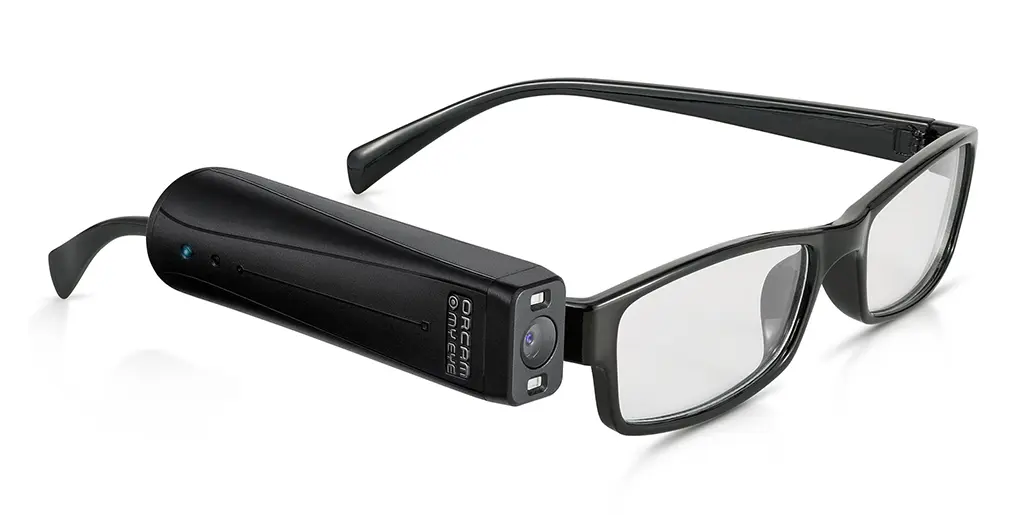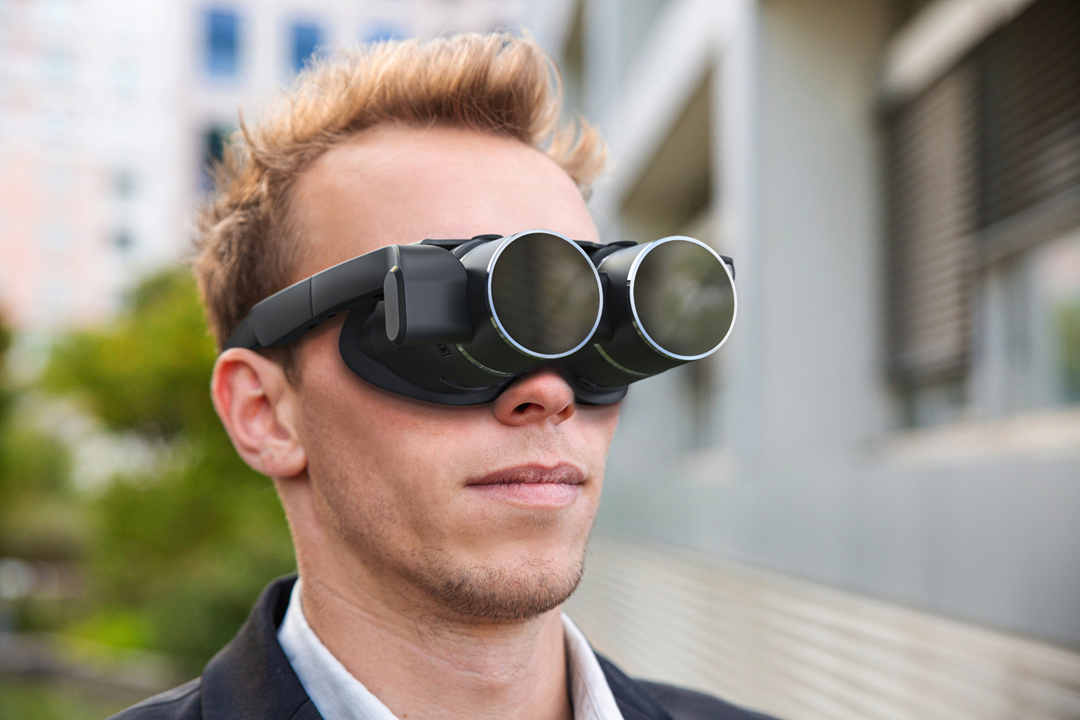AI-Powered Visual Aids: The Next Step in Assistive Technology for the Blind
AI-Powered Visual Aids: The Next Step in Assistive Technology for the Blind
Blog Article
Enhancing Availability Via Assistive Modern Technology for the Blind
The combination of assistive modern technology for the blind represents a crucial improvement in accessibility, fundamentally changing exactly how individuals browse their atmospheres and engage with culture. From screen visitors to cutting-edge clever canes, these devices not only boost self-reliance yet also promote inclusivity in various spheres of life. As we discover the diverse kinds of assistive devices and their substantial impacts on day-to-day living, it ends up being vital to check out just how recurring technical innovations are reshaping the landscape of assistance for the blind neighborhood. What ramifications do these growths hold for the future of ease of access?
Summary of Assistive Technology
Assistive modern technology refers to a variety of gadgets and software application designed to boost the abilities of individuals with impairments, consisting of those that are aesthetically impaired or blind. This innovation plays an important duty in promoting independence and boosting the quality of life for users. By providing alternate approaches for accessing info and executing day-to-day jobs, assistive technology empowers people to browse their environments better.
The growth and application of assistive modern technology embrace a variety of principles aimed at cultivating access. These concepts include user-centered layout, which focuses on the requirements and choices of the individual, and the assimilation of modern technology right into everyday tasks. Such developments ensure that assistive devices are not only useful however very easy and additionally instinctive to utilize.
Furthermore, assistive innovation incorporates a diverse range of solutions, from low-tech options like magnifiers to high-tech technologies such as display visitors and Braille display screens. The continuous development of this field is driven by the demand to deal with the distinct difficulties encountered by people with visual problems (Wearable technology for low vision). As technology remains to breakthrough, the potential for boosting ease of access and promoting inclusivity stays encouraging, eventually adding to a much more fair culture

Kinds Of Assistive Devices
Various types of assistive tools are readily available to sustain individuals who are visually impaired or blind, each designed to deal with particular requirements and challenges. These gadgets can be generally classified right into three main kinds: low-tech, mid-tech, and high-tech solutions.
Low-tech tools consist of things such as magnifiers, Braille labels, and responsive maps. These are reasonably easy tools that boost the individual's capability to engage with their atmosphere without requiring intricate technology.
Mid-tech gadgets often entail advanced attributes, such as electronic magnifiers and portable Braille note-takers. These devices can offer functionalities like speech output, allowing individuals to accessibility info extra successfully.

Influence On Daily Living
The accessibility of different assistive tools significantly improves the top quality of life for individuals who are blind or aesthetically damaged, influencing their daily living in extensive means. By integrating technologies such as screen visitors, Braille shows, and visit their website audio description services into their regimens, users obtain better autonomy and independence. These tools assist in access to information, making it possible for individuals to perform daily tasks, such as reading e-mails, browsing public spaces, and appreciating media material.
In addition, assistive tools equip individuals to involve even more totally in social communications and community activities. The ability to use smart devices equipped with accessibility functions permits smooth communication and connection with others. This connectivity fosters a feeling of belonging and decreases feelings of seclusion.
In specialist setups, assistive technology sustains performance by allowing individuals to full work jobs successfully. Tools like voice recognition software and specialized magnification tools make it possible for users to take part in the labor force on equal footing with their sighted peers.

Advancements in Innovation
Current technical developments have actually substantially changed the landscape of devices available for people that are aesthetically impaired or blind. The assimilation of man-made intelligence (AI) and artificial intelligence has actually offered rise to applications that improve navigating and item acknowledgment. Smart device apps can now make use of AI to identify and explain environments in real-time, supplying individuals with valuable contextual info.
Furthermore, developments in haptic innovation have actually led to the advancement of wise canes furnished with sensors that discover challenges and offer responsive responses. This equips individuals to navigate their environment with enhanced self-confidence and independence. Technologies in text-to-speech software program and braille displays have actually improved the availability of electronic web content, permitting for seamless interaction with various media.
Wearable technologies, such as smart glasses, are also making strides in helping aesthetic disability. These devices can provide enhanced truth experiences, superimposing crucial information onto the user's field of sight. Jointly, these advancements not only improve the lifestyle for people who are blind but also promote greater inclusion in culture. As modern technology proceeds to evolve, the capacity for much more transformative tools stays coming up.
Future Trends and Innovations
As innovation swiftly advances, the future of assistive tools for people who are blind holds enormous pledge. Advancements in expert system (AI) and artificial intelligence are poised to transform the method blind customers interact with their settings. AI-driven applications are being established to improve object acknowledgment, allowing individuals to determine and browse their environments with better convenience and precision.
Moreover, improvements in haptic responses technology are allowing the production of tactile maps and navigating help that offer real-time information through touch. These developments not only enhance movement however likewise foster self-reliance. Furthermore, wearable gadgets furnished with enhanced truth (AR) functions are arising, providing individuals aesthetic details via sound descriptions, consequently bridging the gap in between the physical and digital worlds.
Moreover, the assimilation of clever home innovation provides new opportunities for availability, enabling individuals to control their living environments via voice commands or mobile phone applications. As partnership in between technology programmers and the blind community proceeds, the concentrate on user-centered design will certainly make certain that future advancements are customized to meet the one-of-a-kind requirements of this population (Wearable technology for low od license vision). The trajectory weblink of assistive innovation guarantees a much more comprehensive and empowering future for people who are blind
Conclusion
In verdict, assistive modern technology plays a vital function in boosting access for people with visual problems. Constant innovations in innovation and user-centered design make sure that these devices provide properly to the one-of-a-kind demands of the blind area.
The integration of assistive technology for the blind represents a critical development in ease of access, basically changing how individuals browse their environments and involve with culture.Assistive technology refers to a variety of tools and software application made to enhance the capabilities of individuals with specials needs, including those who are aesthetically damaged or blind. Wearable technology for low vision.As innovation rapidly progresses, the future of assistive devices for people that are blind holds immense assurance. The trajectory of assistive technology assures a more empowering and comprehensive future for individuals that are blind
In conclusion, assistive modern technology plays an important duty in improving availability for individuals with visual impairments.
Report this page